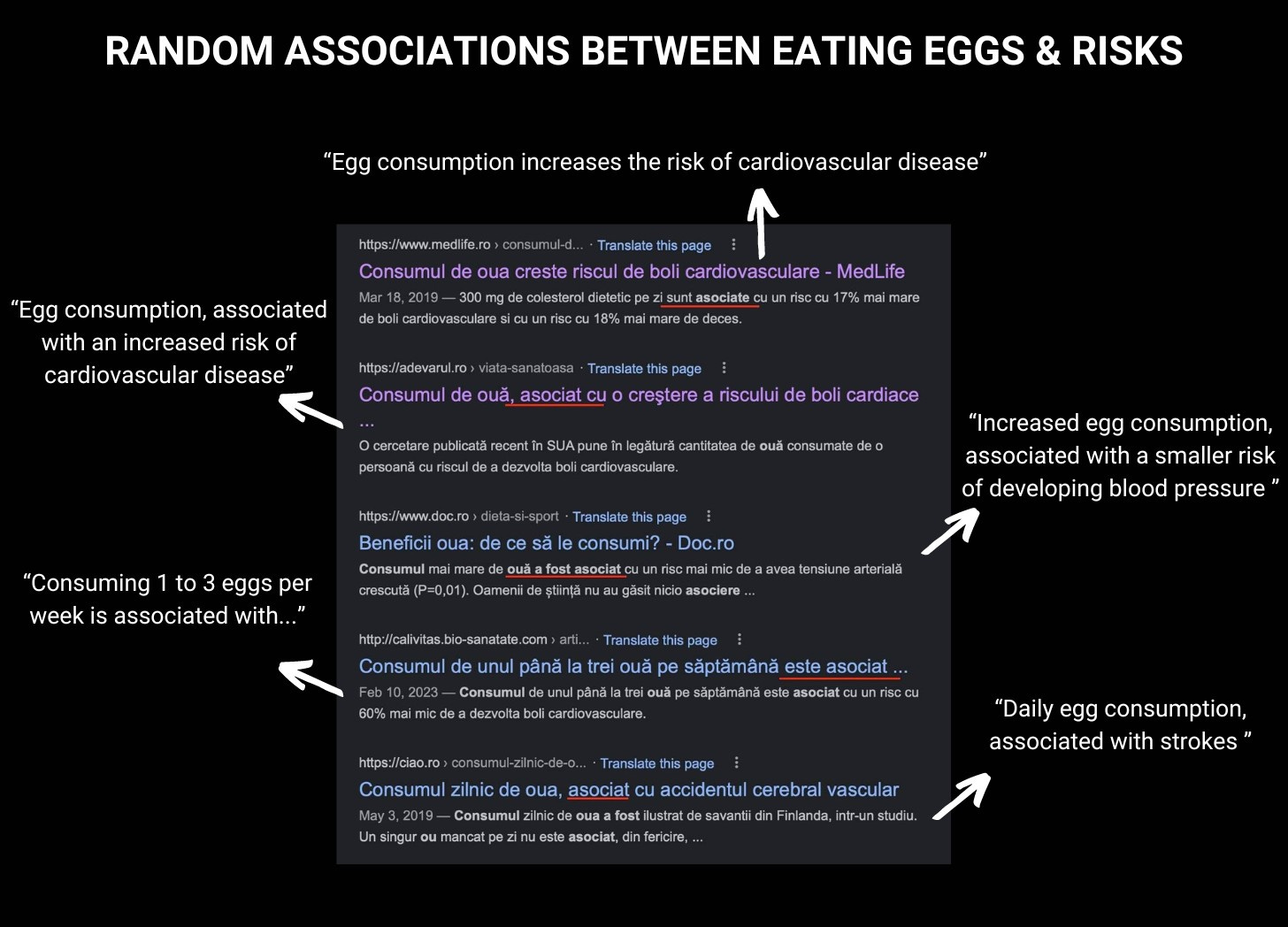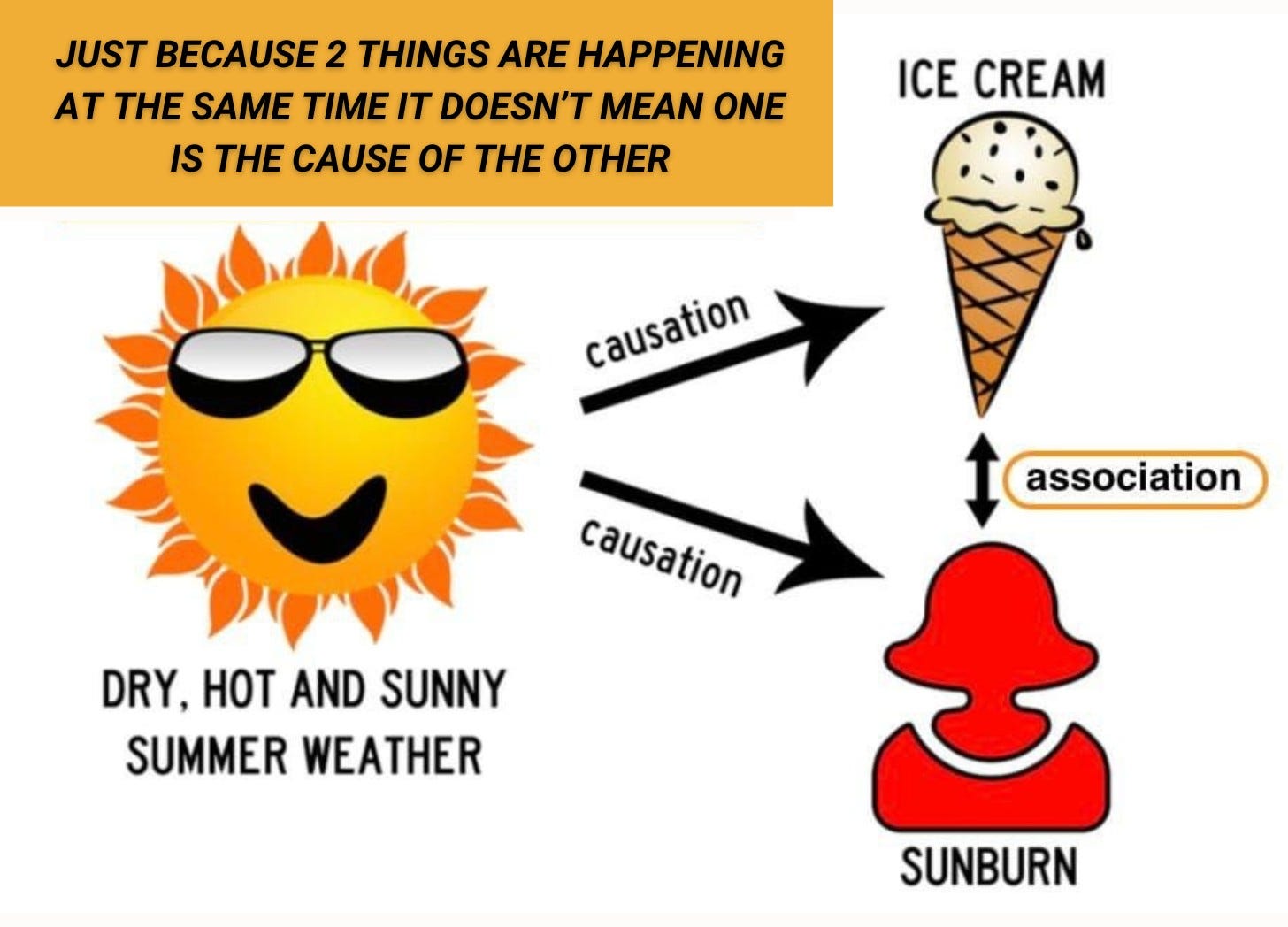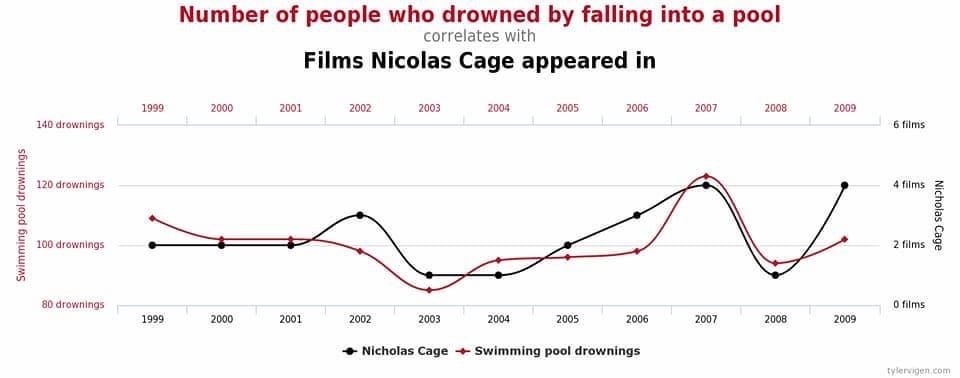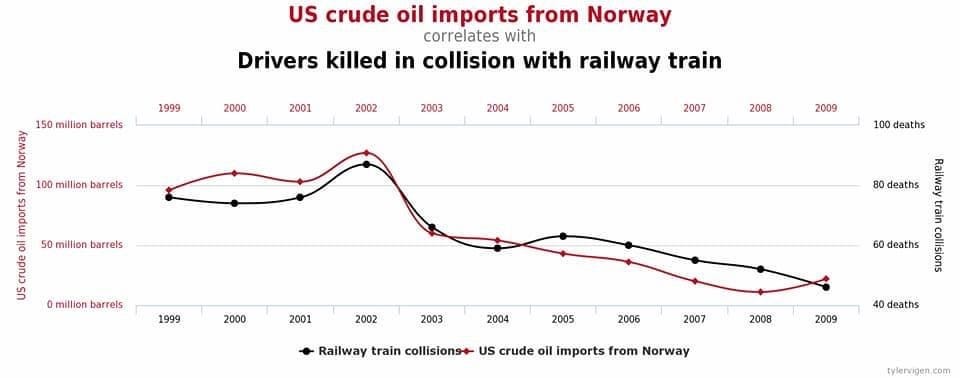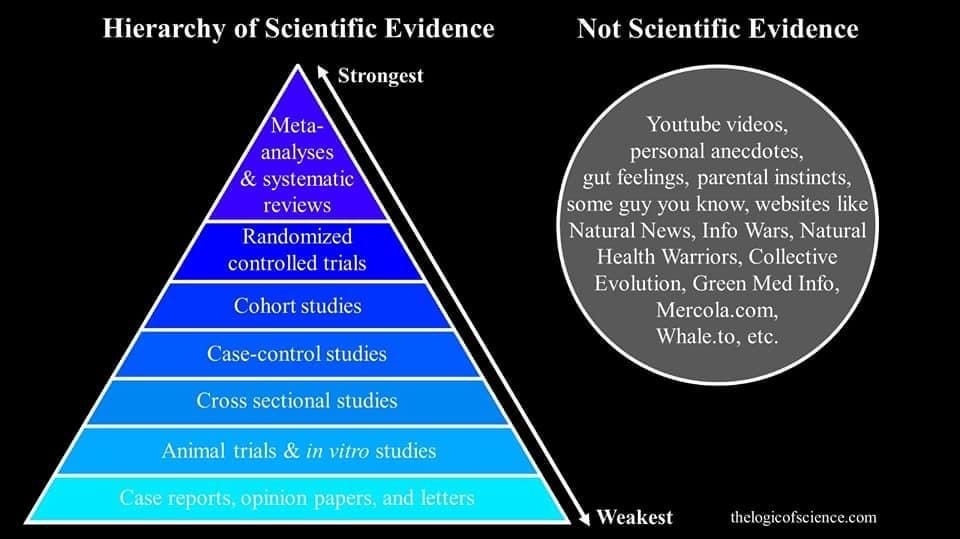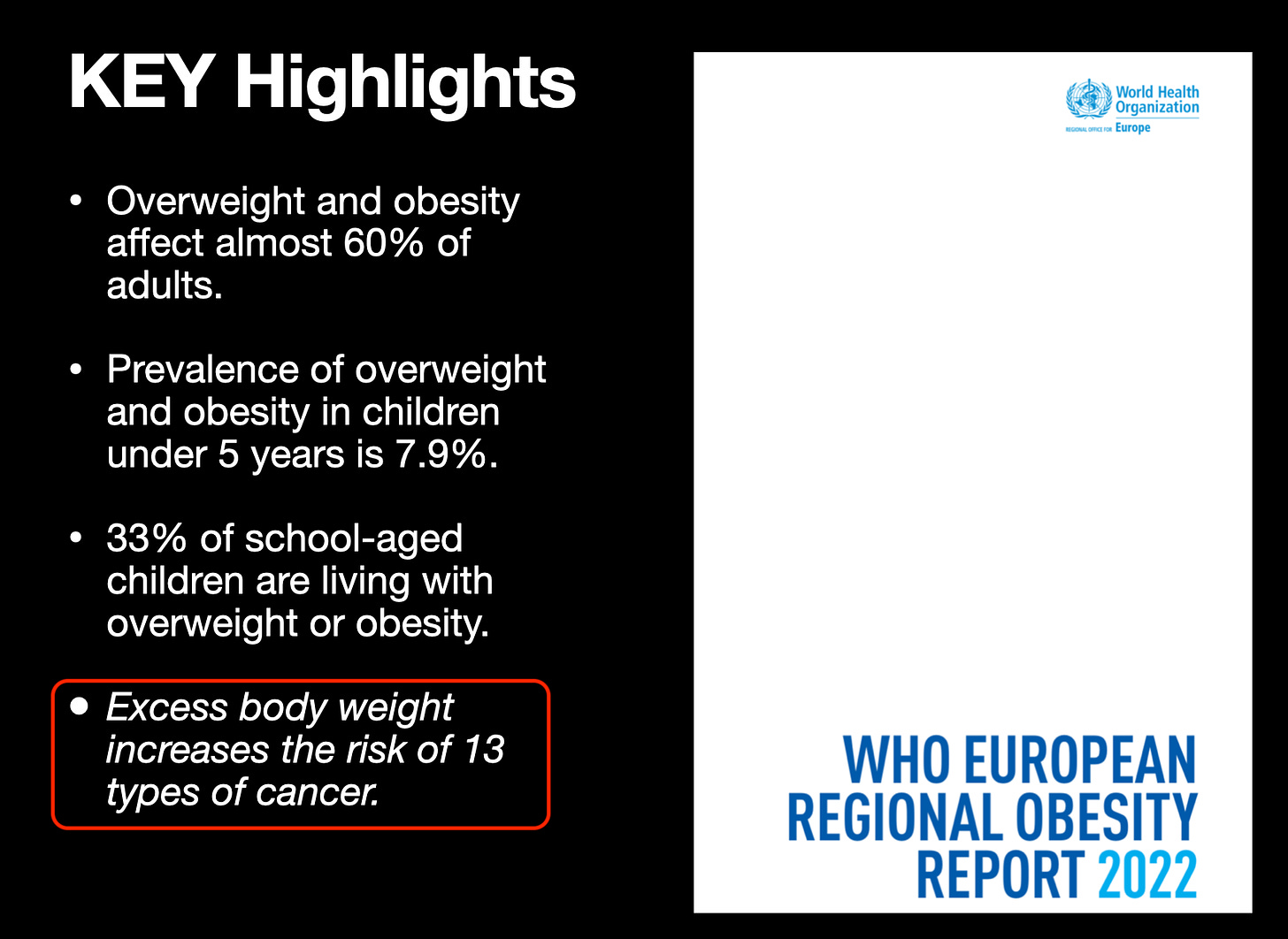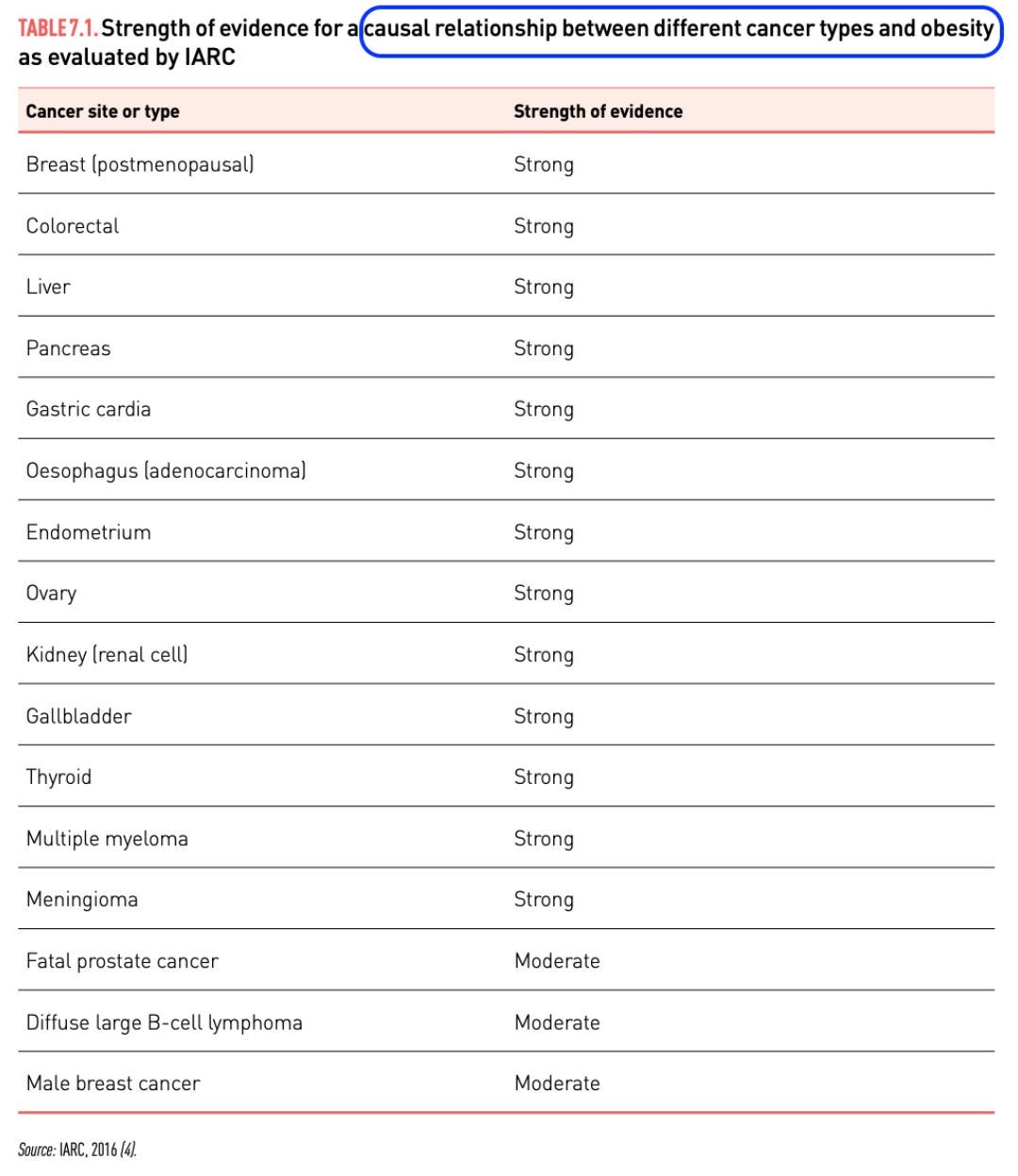The difference between association and causation
This is a brief lesson that will teach you how to interpret studies and research. We will start from these words: „associated with”. On TV and online there are hundreds of news pieces and articles that begin like this:
“Egg consumption has been ASSOCIATED with an increased risk of blood pressure”.
“Eating 1 to 3 eggs per week is ASSOCIATED with a higher risk of developing cardiovascular disease”
“300 mg of cholesterol per day are ASSOCIATED with a 17% higher risk of cardiovascular disease”
“Increased consumption of red meat has been ASSOCIATED with higher risks of developing heart disease and specific types of cancer”.
“Frequent meat consumption has been ASSOCIATED with developing multiple types of cancer, among which colon, rectal, liver and ovarian cancer”.
✅ ASSOCIATION ❌ CAUSATION
Just because there are two things happening at the same time, it doesn’t automatically mean that one caused the other.
For example, it is very probable that in summer you’ll eat ice cream more often than in winter.
It’s also very probable that you’ll get sunburn if you forget to put some sunblock on.
✅ MARTIANS
Let’s say that there is a UFO hiding in a cloud and some Martians are studying people on the beach.
In the first phase, they’ll reach the rash conclusion that sunburn is caused by ice cream consumption.
🏆 PRO Tip: Just because 2 things are happening at the same time, it doesn’t automatically mean that one caused the other.
This is how an article on the Mars Internet would sound like:
“Researchers have discovered that sunburn is ASSOCIATED with ice cream consumption in homo sapiens”.
This is how an article on the Mars Internet would sound like:
“Researchers have discovered that sunburn is ASSOCIATED with ice cream consumption in homo sapiens”.
[But we will need further and more elaborate studies to establish whether the two are in a causation relationship so we will kidnap a couple of hundreds of them to continue research]
It’s obvious that the 2 things are not in a causation relationship. Meaning you don’t get sunburn if you have ice cream.
The 2 events (sunburn and eating ice cream) are just happening at the same time. It doesn’t mean one has caused the other.
This is association or correlation. Here are a few classic examples to further illustrate this point.
and…
If you use Google, MD. you will definitely find dozens of such cool associations.
I repeat, just because 2 things are happening at once, it doesn’t mean one has caused the other.
There are many studies conducted on tens of thousands of subjects for multiple years that look like this. They make simple associations which mean absolutely nothing.
I am going to leave this here: a classification of study quality levels. Hope it helps.
✅ CAUSAL FACTOR
When you read a study mentioning a “CAUSAL factor” then you should know that’s the real deal.
👉 EXAMPLE 1
“A heavy smoker has, according to statistics, a lower life expectancy – on average, life expectancy is 10 years lower. This occurs because of the multiple conditions where smoking is the CAUSAL factor. Therefore, smoking causes 9 out of 10 cases of lung cancer.”
👉 EXAMPLE 2
“The World Health Organization has revealed a staggering truth: 1 out of 20 deaths is caused by alcohol consumption.
Alcohol consumption is a CAUSAL factor in over 200 diseases, lesions and other health conditions”.
👉 EXAMPLE 3
In the “WHO European Regional Obesity Report 2022” it is mentioned:
„Excess body weight increases the risk of 13 types of cancer”.
„Strong evidence for a CAUSAL relationship between different cancer types and obesity”.
✅ ASSOCIATION STUDIES
As I have shown above, when 2 thing occur during the same time interval it doesn’t automatically mean one has caused the other.
This is also valid for the majority of studies mentioned on TV or in certain articles.
It’s about the thrills, the shock and awe of it all – and they sell. Such news will always make a proverbial mountain out of the proverbial molehill – but on steroids.
🏆 PRO Tip: more studies revealing strong associations can become the benchmark for the allocation of hefty funding for adequate studies – meaning with human test subjects rather than lab mice. Such further studies can establish causation.
✅ HOW IS CAUSATION DETERMINED?
This is a generic blueprint.
Take 100 people. Put them into a hospital. Perform a complete set of medical tests.
The 100 people will be divided into 2 groups of 50 people each. Feed both the groups the same.
The only difference: feed people in one group an extra 50 grams of erythritol per day (let’s say an extra cookie) if you want to determine whether erythritol is harmful in any way.
Continue rolling this experiment for 2-3 months. It all depends on the funding you have available.
✅ EXPENSIVE BUT WORTH IT
It’s extremely expensive to keep 100 people in a hospital for 6 months, for example. It’s expensive to feed them and perform medical tests.
🏆 PRO Tip: the more controlled a study is and the more participants it includes over a longer period of time, the more the costs will grow. Such a test usually has a final price tag in the millions of dollars, but the result will be extremely valuable.
After a certain period of time, the study is halted. Participants have medical tests done. Samples are taken. The participants are sent home.
Put all test data in a before / after analysis system. Look for statistical relevance in the results.
This is the only way to determine causation.
✅ PLACEBO PROBLEMO
But there is another issue here: the Placebo effect works quite well.
If participants in the studies know that “erythritol is harmful”, the results will be significantly different.
What they do in the case of quality studies: both groups would get a dessert made with a sweetener.
Selecting participants is done randomly, using computer software.
Researchers don’t reveal which person got which dessert. Some will receive the erythritol cookie, some will receive a cookie that is similar in taste (the latter will be the control group).
🏆 PRO Tip: This is where the term "blind randomized control trial" coms from.
There is a problem here too. Usually, people can tell whether a cookie was made using erythritol or sugar.
Usually, erythritol is mixed with a glucose base or something else in order for those cookies to have a similar taste.
✅ BIAS PROBLEMO
When the results come in, the analyzers can influence conclusion based on personal perception if they are aware of who got which sample. It’s called a “bias”.
🏆 PRO Tip: The most qualitative studies are the ones called "double blind randomized control trial”.
Double blind trial = it’s a study where both participants and research are unaware of which subject got which sample.
The software will assign a code for each subject / participant. That code is then allocated to treatment groups – in this case, erythritol.
✅ GOD MODE ON
The god of clinical studies that can clearly and unequivocally determine causation are META analyses of such double blind randomized trials.
What this means: if you take all the quality randomized studies performed on people for substance X and analyze them, then you will be able to certify whether substance X is harmful or not.
✅ IN PRACTICE
When reading an article, in 99% of them you will find the word “associated”. Association means close to nothing.
Most studies presented by mainstream media sources only blow things out of proportion.





